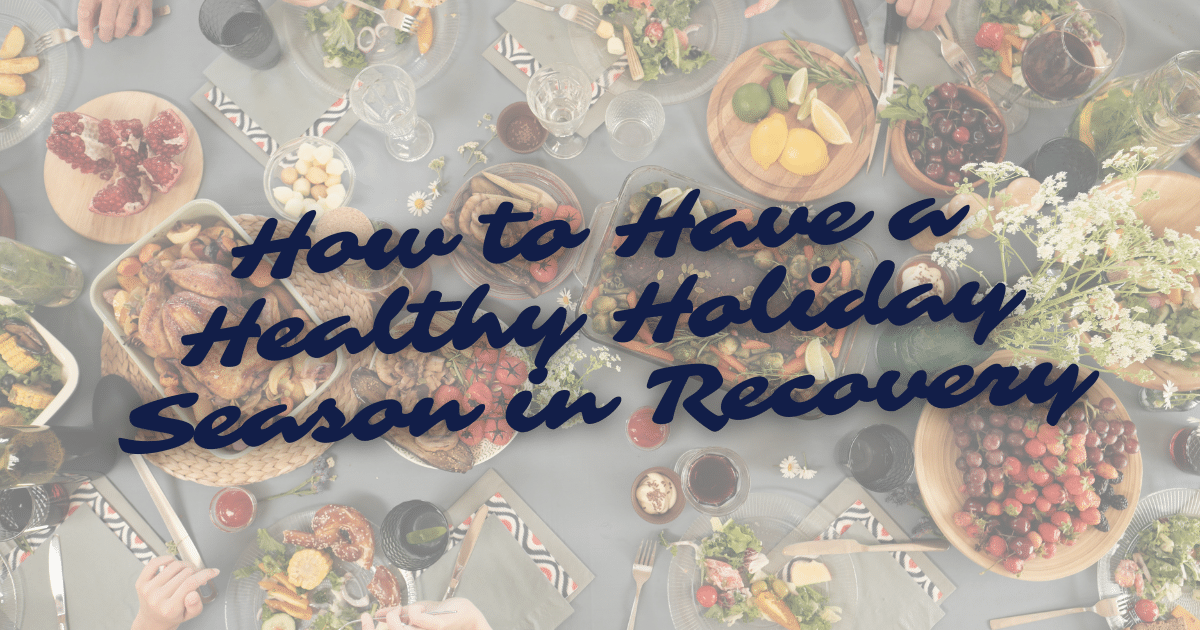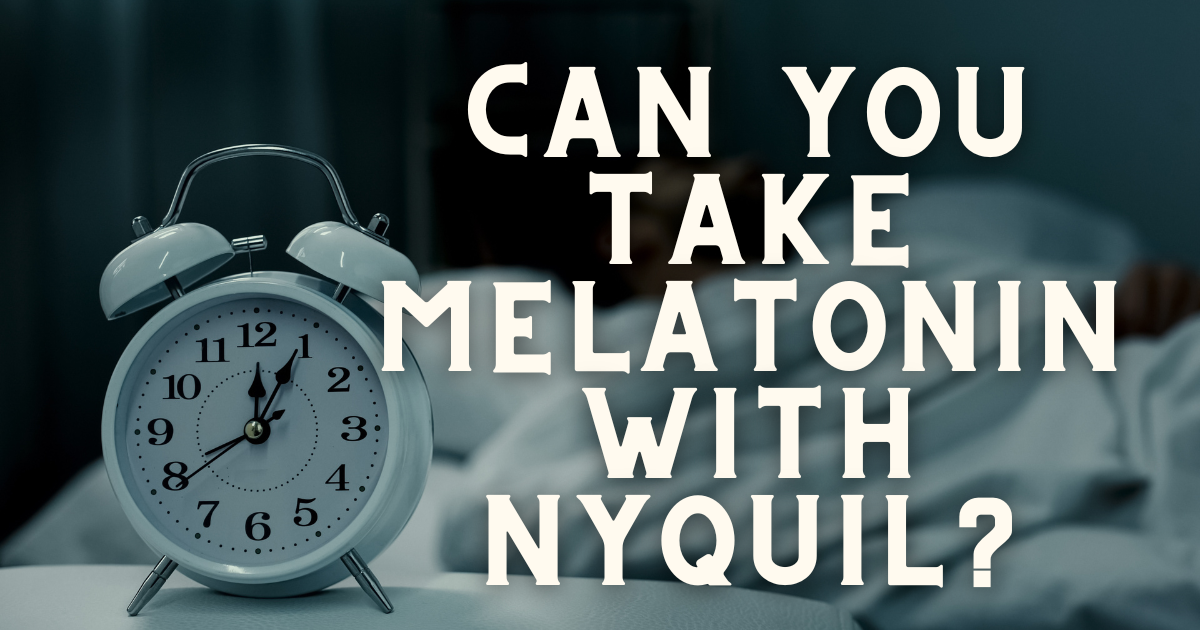In 2004, Casey’s Law came to pass in Kentucky and was implemented in 2012 in the state of Ohio. It was initiated after the death of Matthew Casey Wethington passed away from heroin overdose at age 23.
This law serves to legally mandate people with drug and alcohol disorders into treatment programs. The length of treatment varies and can range from the detoxification stage which lasts about one week, to several weeks, a month, or even longer. Addicts are often in a state of denial about their self-destructive behaviors, and this law was implemented to help redirect that state of denial to a sober future.
The Truth Behind Casey’s Law
In 2004, Casey’s Law came to pass in Kentucky and was implemented in 2012 in the state of Ohio. It was initiated after the death of Matthew Casey Wethington who died of a heroin overdose at age 23. This law serves to legally mandate people with drug and alcohol disorders into treatment programs. The length of therapy varies and can range from the detoxification stage which lasts about one week, to several weeks, a month, or even longer.
Addicts are often in a state of denial about their self-destructive behaviors. Casey’s Law allows friends or relatives to petition the court on behalf of the addicted person who is unwilling to ask for help. Once the intervention process begins the respondent must comply with the steps, or he/she may be held in contempt of court. Other states are making similar strides to intervene for those unwilling to seek treatment on their own. The Jennifer Act passed in 2012 for Indiana residents, and legislation is currently underway for its implementation in Florida.
What is Casey’s Law?
In 2002, a Kentucky mother lost her son to a heroin overdose. She thought she was doing all the right things that would motivate Casey to seek help. While waiting for Casey to acknowledge his problem, he shot up a lethal dose of heroin that stopped his beating heart. Casey’s mother is like so many of us who have been misled by the belief that you must hit rock bottom before change can happen.
The problem with this mindset is that rock bottom often results in the contraction of Hepatitis C or HIV, severe trauma or post-traumatic stress disorder, and eventually, overdose and death.
Casey grew up in a middle-class household and had an immense zest for life in his early adolescence. He loved playing sports, and participated in everything from soccer, to bike riding and skateboarding. Casey began to dabble in recreational drug use in his early teens and never realized that he was developing a full-fledged dependence on drugs.
Like so many others, Casey plummeted so far into his illness that it became the focal point of his life. After his death, his parents decided that education was desperately needed for friends and families of addicts. They began to lobby for a legal procedure that would act as an intervention, and mandate substance abuse- impaired individuals into treatment programs that offer a safe place to regain sobriety.
Initiating Casey’s Law
There are several requirements necessary to file a Casey’s Law petition. The first step is to book appointments with two qualified health professionals 14 days out. Next, you will need to call the prosecutor who oversees Casey’s Law in your state and relay the appointment dates.
Additional steps include filing a petition at the courthouse, attending the evaluations with your loved one, and securing a bed in a treatment center.
If you decide to initiate the Casey’s Law process, try not to feel discouraged if your friend or loved one resents you for it in the early stages. Hope can be found in knowing that he or she is sober, and even more importantly, they’re gaining insight into what they can do to stay that way.
Substance abuse treatment won’t be easy, and yes, they may just go through the motions with the sole intention of using again at the first opportunity. This is why you should choose a drug and alcohol recovery center carefully. Locate one that has evidence-based treatments and therapies in place for treating addictions. Find out what a typical day is like, and ask to stop in for a tour. Ask about relapse rates after discharge, and determine what resources are provided during and after treatment that increases sobriety odds in the future.
Save Your Friend or Loved One’s Life
While Casey’s Law will get your friend or loved one sober, it’s not a guarantee that he or she will remain that way. There have been successful outcomes through involuntary treatment interventions, and Casey’s Law gives addicts a fighting chance. Take comfort in knowing that your friend will be in a safe and caring environment long enough to gain the realization that change is possible. So often, patients come into treatment depressed and angry at the entire world, and then they leave thirty days later with a newly-found belief that sobriety can and will be theirs.
When considering what action to take for your addicted friend or loved one, remember the most important thing you can do is something. Find out what resources are available in your community, and then talk to the addicted person about what those options are. If your friend or loved one rebuffs you, reach call now. It’s quite possible that the actions you take will result in saving a life. Click below to have one of our representatives call you to discuss Casey’s Law.

Choose Recovery Over Addiction
We're here 24/7 to help you get the care you need to live life on your terms, without drugs or alcohol. Talk to our recovery specialists today and learn about our integrated treatment programs.




